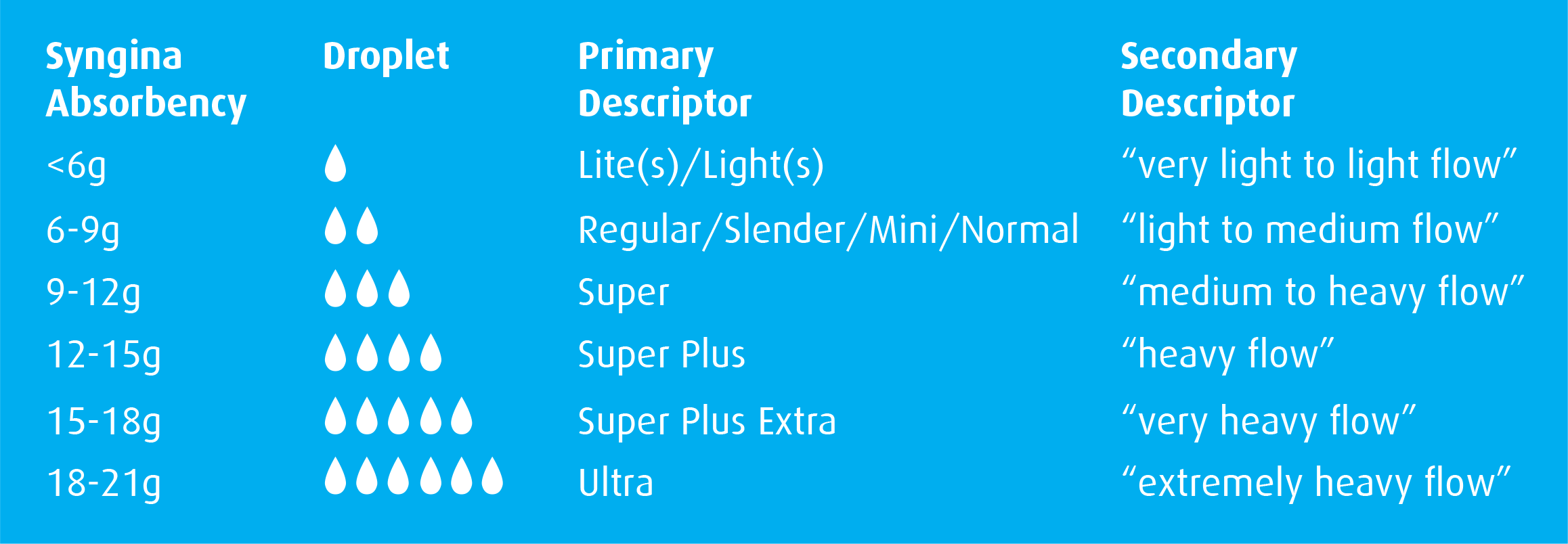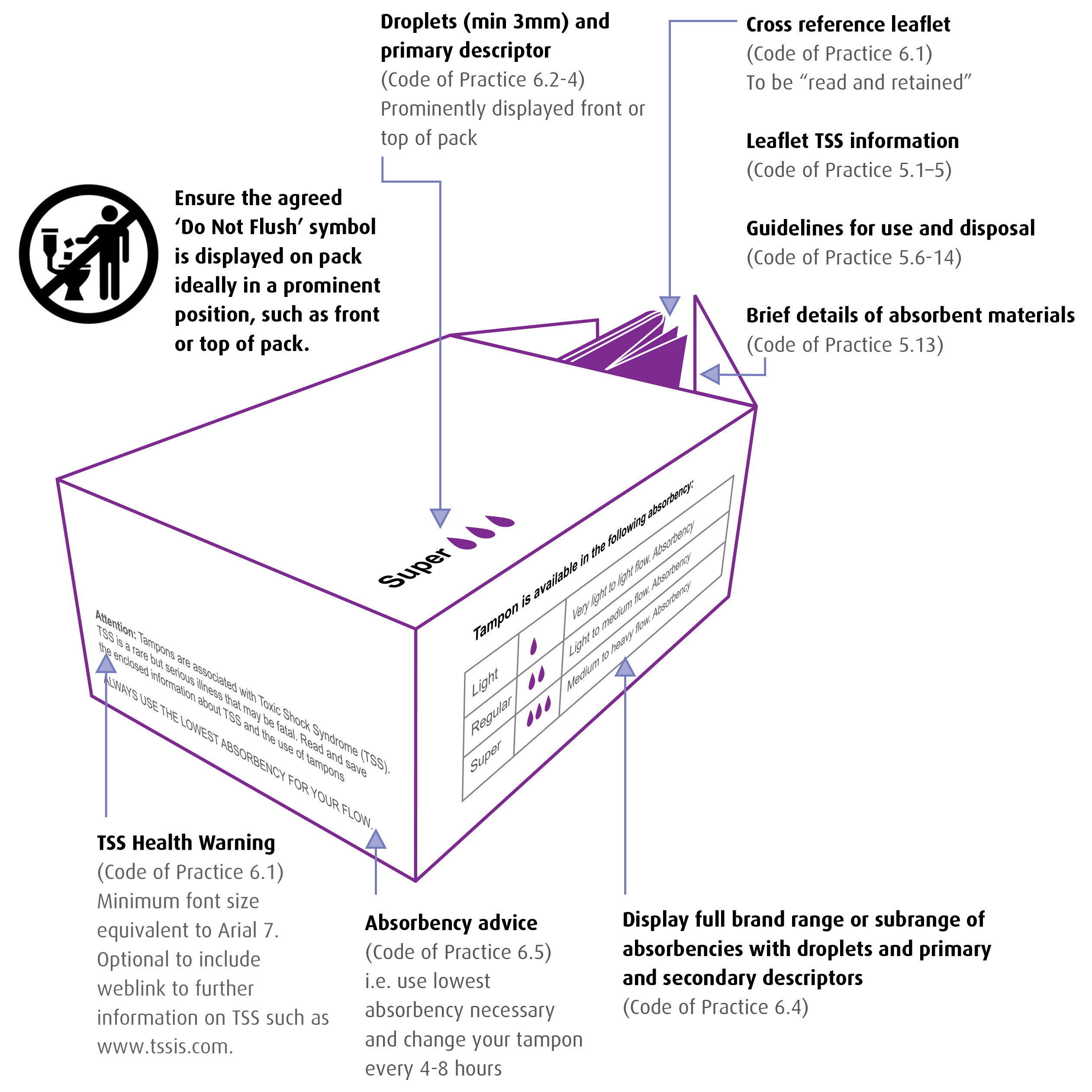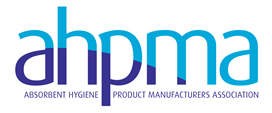UK Code of Practice for Tampon Manufacturers and Distributors
Version No.12 dated June 2024. Replaces version No.11 dated April 2023
The UK Tampon Code of Practice (CoP) was developed in 1997 to provide guidelines for industry on tampon classification and how to provide consumer advice for instructions for use, safety and the communication of the risk and symptoms of TSS. The Code further supported a Voluntary Notification Scheme for tampons (VNS) which operated between industry and the UK Government Department of Health (DoH) and Department of Trade and Industry (DTI) from 1985 to 2007. The VNS was put in place to ensure tampons were safe for use and to reduce the risk of cases of Toxic Shock Syndrome. Industry successfully demonstrated self-regulation and in 2007 the DoH and the DTI advised that the VNS was no longer required. The current Tampon CoP is managed and regularly updated by AHMPA and details the information required on the packaging and within the insert leaflet of every pack of tampons. AHPMA members take their responsibilities as manufacturers and distributors of menstrual tampons extremely seriously. The safety of AHPMA member’s products is their number one priority.
This Code of Practice is specific to the UK tampon market. There are separate regulatory requirements or codes of practice for products sold elsewhere, for example in Europe, a Code of Practice is published by EDANA http://www.edana.org. Manufacturers and distributors should ensure they refer to the correct code for the UK.
The UK Code of Practice is voluntary and is available for use by any company, distributor or any other provider of tampons in the UK. AHPMA members stringently adhere to the Code of Practice and review it regularly.
This Code of Practice is shared with the UK Government Department for Business, Energy and Industrial Strategy (BEIS) Office for Product Safety and Standards (OPSS.) https://www.gov.uk/government/organisations/office-for-product-safety-and-standards
Contents
Click a section to move directly to it
Product Safety
1. Tampon Categories
2. Construction
3. Types of Tampon
4. Absorbency Classification
5. Instruction Leaflet
6. Tampon Pack
Packaging and Leaflet Checklist
Product Safety
In the UK and across Europe tampons are classified as consumer products and in the UK they are regulated by the General Product Safety Regulations (2005): https://www.gov.uk/government/publications/general-product-safety-regulations-2005. The UK has one of the most stringent consumer products regulatory frameworks for safety in the world and requires manufacturers to ensure safety. In some other parts of the world tampons are regulated as medical devices according to differing national policy and classification.
In order to meet the regulatory requirements, all manufacturers and distributors should have procedures and processes in place to:
• Evaluate the safety of both the raw materials and the finished tampons
• Include provision for traceability
• Ensure that the user is provided with comprehensive instructions for use
Documentation relating to the safety of tampons must be held by manufacturers and distributors and be made available to Trading Standards, and the Department for Business, Energy and Industrial Strategy as necessary.
1.Tampon Categories
The tampon is used for internally absorbing menstrual flow during the period. A range of absorbencies are available (please refer to section 4). These are designed to manage various menstrual flows which differ between individuals, during each period and during their menstrual lifetime.
Tampon usage is divided between applicator and non-applicator tampons with limited crossover by consumers between the two.
2. Construction
There are several different constructions (see diagram) which are currently being used for tampons throughout the world, including the U.K:

1. Rectangle:
The absorbent material is in the form of a rectangular or square pad which is compressed in both length and width directions. This tampon expands in both length and width, but predominantly in the lengthways direction.

2. Chevron:
The absorbent material is in the form of a chevron shaped pad which is compressed primarily in the width direction. The tampon expands in both length and width, but predominantly widthways, mostly in one lateral plane.

3. Swiss Roll:
The absorbent material is rolled up like a Swiss roll and then compressed to produce a tampon which predominantly expands radially in the widthways direction.

4. Swiss Cross:
The absorbent material is in the form of two rectangular pads placed on top of each other at a 90-degree angle. A cord is centrally placed between the pads and the tampon is folded from the centre and compressed radially. Upon expansion the tampon opens in a similar way to that of a flower opening.
Most tampon brands have an additional nonwoven layer or perforated film covering the tampon, which can aid insertion and removal.
The absorbent material in a tampon is formed from viscose or cotton fibres or a mixture of the two.
All fibres used in tampons are safely treated with ECF or TCF (elemental chlorine free or totally chlorine free) bleaching methods. This is an essential process for fibre purity and to enable fibres to absorb fluid. Chlorine bleaching is never used for fibres used for making tampons.
Tampons should include provision for withdrawal with a suitably attached withdrawal cord to ensure safe and complete tampon removal.
3. Types of Tampons
There are two types of tampon:
1. Digital or non-applicator: These tampons are inserted into the vagina by using a finger. The tampon is packaged in a wrapper.
2. Applicator: These tampons are inserted into the vagina by using an applicator. The applicators are made from an outer and inner tube with the latter fitting inside the outer tube. Applicators are made from cardboard/paper or plastic, sometimes in a compact form. The combined applicator and tampon are packaged in a wrapper.
Some tampons may also contain other ingredients such as a lubricant. This should be stated on pack. Manufacturers and distributors should consider other regulations if additional ingredients are included in the product.
4. Absorbency Classification and Droplet Scheme
Absorbency classifications are required on both the pack and in the leaflet – please refer to section 5 & 6.
Tampons are designed to absorb menstrual fluid and the in-vitro measure of this absorption is through the Syngina test method. The apparatus and test method is detailed in the EDANA test method: www.edana.org/discover-nonwovens/standard-procedures.
Each set of droplet symbols represent a range of 3g of Syngina absorbency and there are six classes in total.
The categories and classification of absorbency are divided into primary and secondary descriptors.
All the Syngina ranges and droplets are consistent with the EU and other markets. The primary and secondary descriptor may not be defined in the codes of practices or regulations of these markets. Care should therefore be taken when selling products across multiple markets or importing into the UK.

5. Instruction Leaflet
Each tampon pack must enclose an instruction leaflet which gives clear advice and guidance on the use of tampons. The leaflet must include the following:
1. To inform consumers about Toxic Shock Syndrome (TSS.) Optional to include weblink to further information on TSS such as The Toxic Shock Syndrome Information Service: www.tssis.com
2. To inform the user in the TSS statement that the illness can be fatal.
3. To provide a full description of the symptoms of TSS to include the following; a sudden high fever usually over 39°C, vomiting, diarrhoea, muscle aches, a sun burn like rash, sore throat, dizziness and/or fainting. Optional to include severe flu-like feeling.
4. To inform the user that not all the symptoms of TSS may occur simultaneously.
5. To instruct the user that if symptoms of TSS occur, to remove the tampon, consult a doctor urgently and inform him or her that a tampon has been used.
6. To provide a frequency of use statement e.g. in the case of night time use, advise the user to insert a fresh tampon before going to sleep and to replace the tampon first thing in the morning. Regardless of when used, day or night, advise the user to change their tampon every 4 to 8 hours or more often if needed.
7. To instruct the user to use the lowest absorbency for their flow as it changes throughout their period.
8. To provide a full description of absorbencies available within a brand’s product range (or sub range), including Syngina absorbency in grams e.g. 6 – 9g, 9-12g etc. and linking to menstrual flow via the primary and secondary descriptors and droplets.
9. To advise the user to alternate between tampons and towels/pads, liners from time to time during their period.
10. To emphasise the importance of personal hygiene, particularly the washing of hands before and after inserting a tampon.
11. To inform the user to only use tampons during menstruation, use only one tampon at any time, and to ensure the removal of the last tampon once menstruation has finished.
12. To instruct the user on the method for insertion and withdrawal.
13. To include brief details of the absorbent materials in the product.
14. To advise the user to correctly dispose of tampons, applicator tubes and wrappers in a waste bin. To advise the user not to flush tampons, applicator tubes or wrappers.
6. Tampon Pack
1. Clear wording to notify the consumer that tampons are associated with Toxic Shock Syndrome (TSS) which may be fatal. The notice should advise the user to read and retain the instruction leaflet within the pack.
An example of the TSS wording on pack is as follows, “Tampons are associated with Toxic Shock Syndrome (TSS). TSS is a rare but serious illness that may be fatal.” This statement should be prominent on pack and should have at least a minimum font size equivalent to ‘Arial 7’. Optional to include weblink to further information on TSS such as The Toxic Shock Syndrome Information Service: www.tssis.com
2. The appropriate number of droplets to denote the range of Syngina absorbency for the pack contents. The Syngina absorbency of the six classes is given in section 4.
3. Droplets and primary descriptors should be displayed in a prominent position either on the front or top of the pack. The droplets will have a minimum size of 3mm for the smallest packs and will be scaled up as appropriate for larger packs.
4. The full range of absorbencies available within a brand’s product range (or sub-range), including primary and secondary descriptors and the appropriate droplets.
5. Advice for the user to use the lowest absorbency for their flow and to change the tampon every 4-8 hours.
6. Display the agreed ‘Do Not Flush’ symbol. Optional to include additional symbols and wording.
Packaging and Leaflet Checklist

